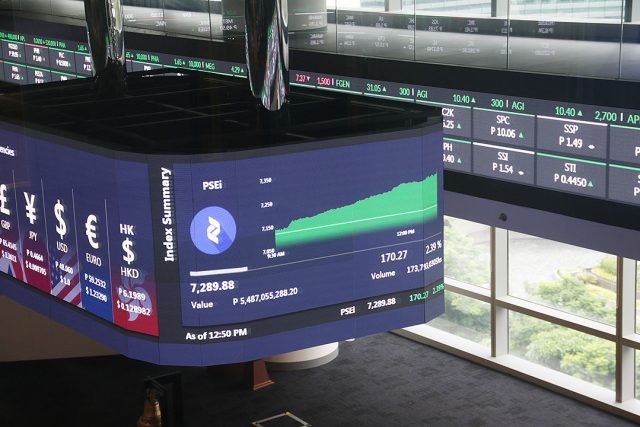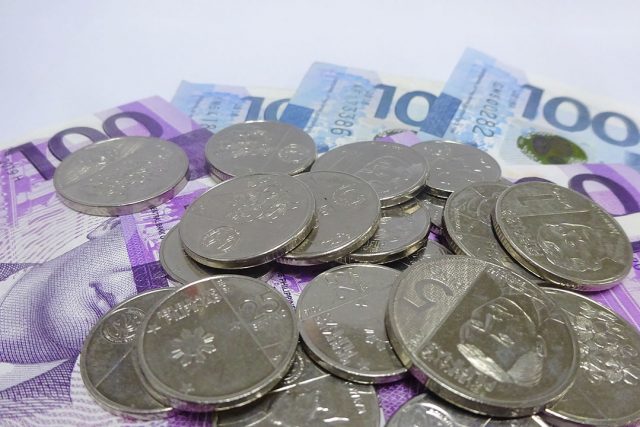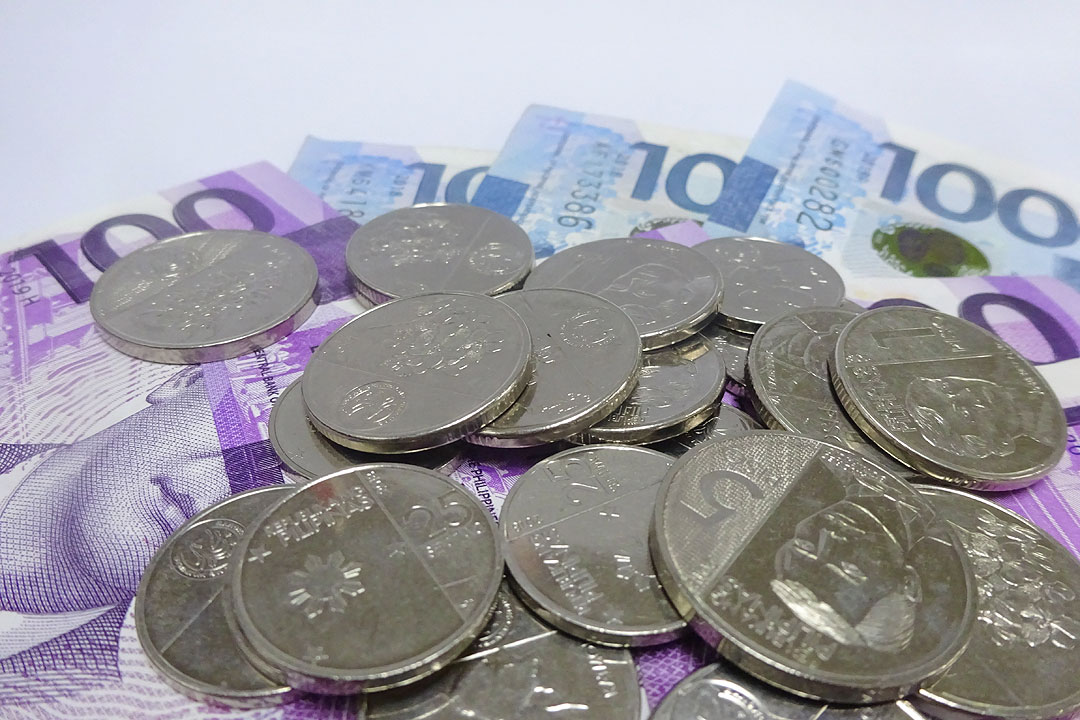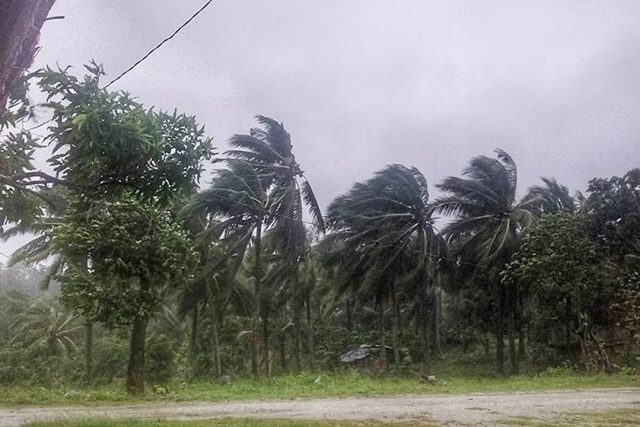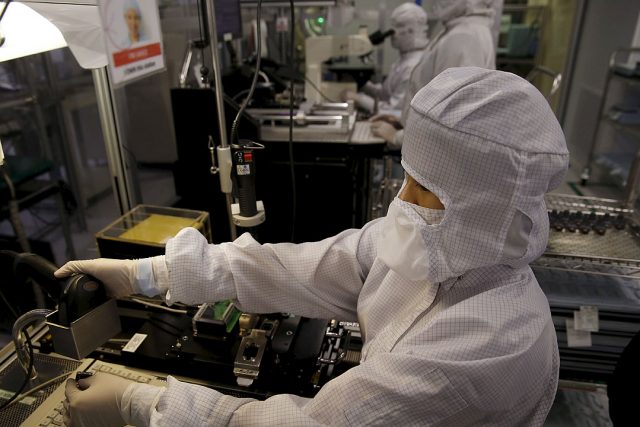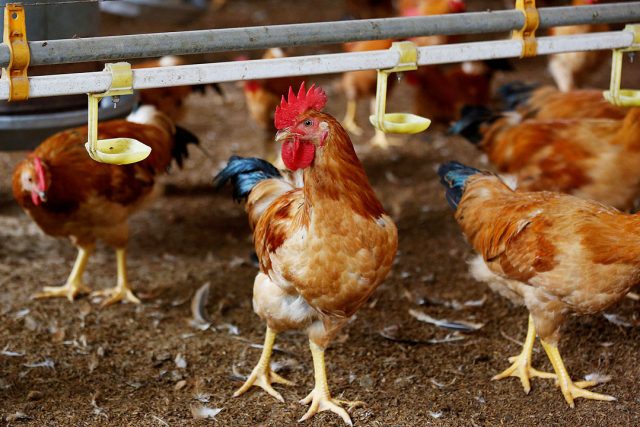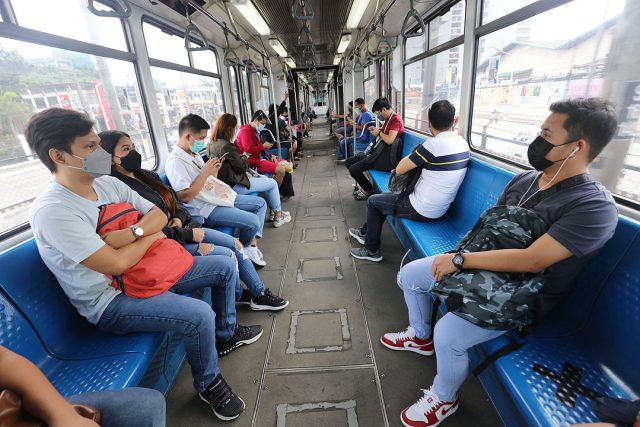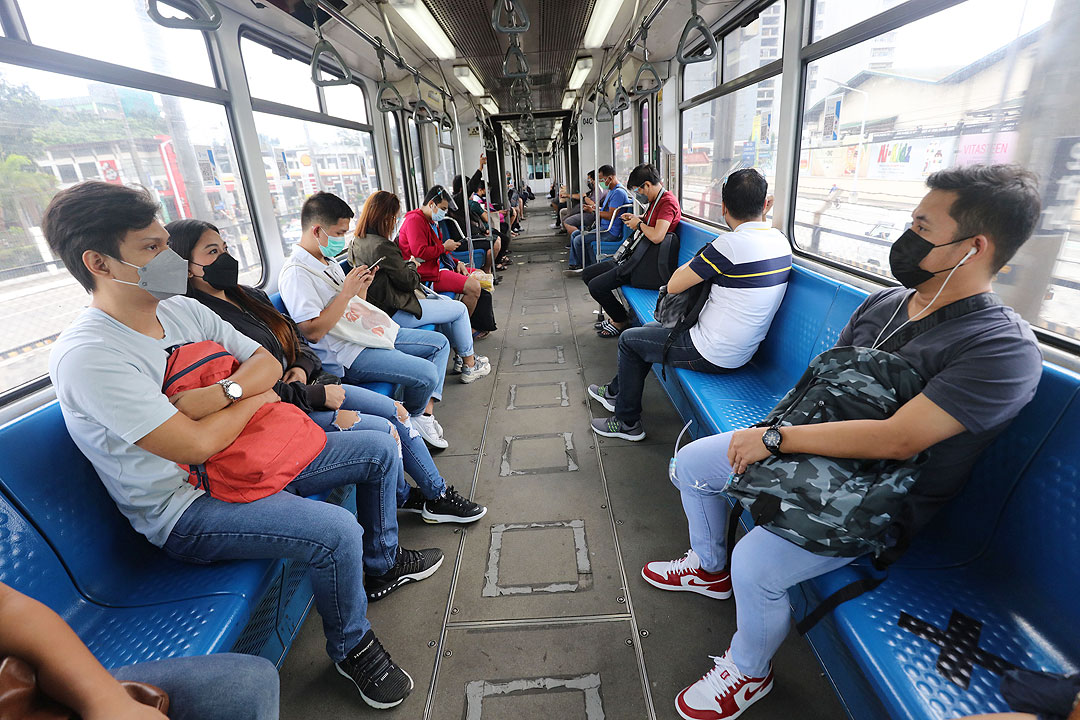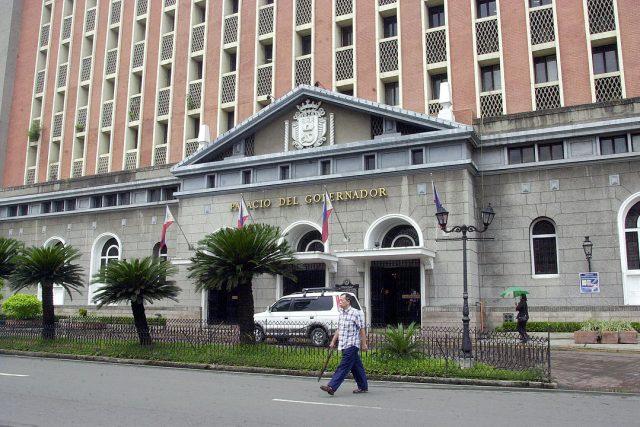Shares rise as remittances climb 5.2% in Sept.
PHILIPPINE SHARES rose on Tuesday following the release of data showing cash remittances from overseas Filipino workers (OFWs) increased in September.
The 30-member Philippine Stock Exchange index (PSEi) gained 25.05 points or 0.34% to end at 7,367.42, while the broader all shares index increased by 10.14 points or 0.25% to close at 3,961.67 on Tuesday.
Rizal Commercial Banking Corp. (RCBC) Chief Economist Michael L. Ricafort said in a Viber message that the stock market rose “after the continued growth in OFW remittances, which is among the highest this year and also near record highs on a monthly basis.”
Mr. Ricafort noted that remittances support consumer spending, which accounts for at least 70% of the economy.
Money sent home by OFWs registered its eighth straight month of annual growth in September, signaling the start of a seasonal uptick in remittances ahead of the holiday season.
Cash remittances rose by 5.2% year on year in September to $2.737 billion from $2.601 billion in the same month a year ago, according to data released by the Bangko Sentral ng Pilipinas (BSP) on Monday.
Month on month, remittances also grew by 4.9% from the $2.609 billion in August.
This brought nine-month cash remittance inflows to $23.117 billion, up by 5.6% from the $21.886 billion during the same period in 2020.
Stocks were also supported by the decline in global oil prices after US President Joseph R. Biden, Jr. called to use the US Strategic Petroleum Reserves to lower gasoline prices, Mr. Ricafort added.
Mr. Biden’s signing of the $1-trillion infrastructure bill on Tuesday and as the start of the virtual summit on US-China relations also boosted market sentiment.
Regina Capital Development Corp. Head of Sales Luis A. Limlingan also said in a Viber message that the market closed higher as US yields rose.
Sectoral indices were split on Tuesday. Mining and oil went up by 159.10 points or 1.69% to 9,529.42; services rose 21.89 points or 1.09% to 2,014.66; and holding firms gained 45.95 points or 0.64% to end at 7,153.29.
Meanwhile, financials dropped 7.11 points or 0.44% to 1,591.22; industrials lost 32.24 points or 0.30% to end at 10,729.39; and property gave up 1.41 points or 0.04% to close at 3,338.36.
Value turnover rose to P9.52 billion with 1.19 billion issues on Tuesday from the P7.96 billion with 1.30 billion shares seen on Monday.
Decliners beat advancers, 113 against 88, as 46 names closed unchanged.
Net foreign buying amounted to P863.03 million on Tuesday, a turnaround from the P342.41 million in net selling seen on Monday.
The PSEi’s initial support is at 7,300 “in view of [Tuesday’s] intra-week low of 7,307,” while the next resistance is still at the 7,400 to 7,500 levels, RCBC’s Mr. Ricafort said. — BADA

